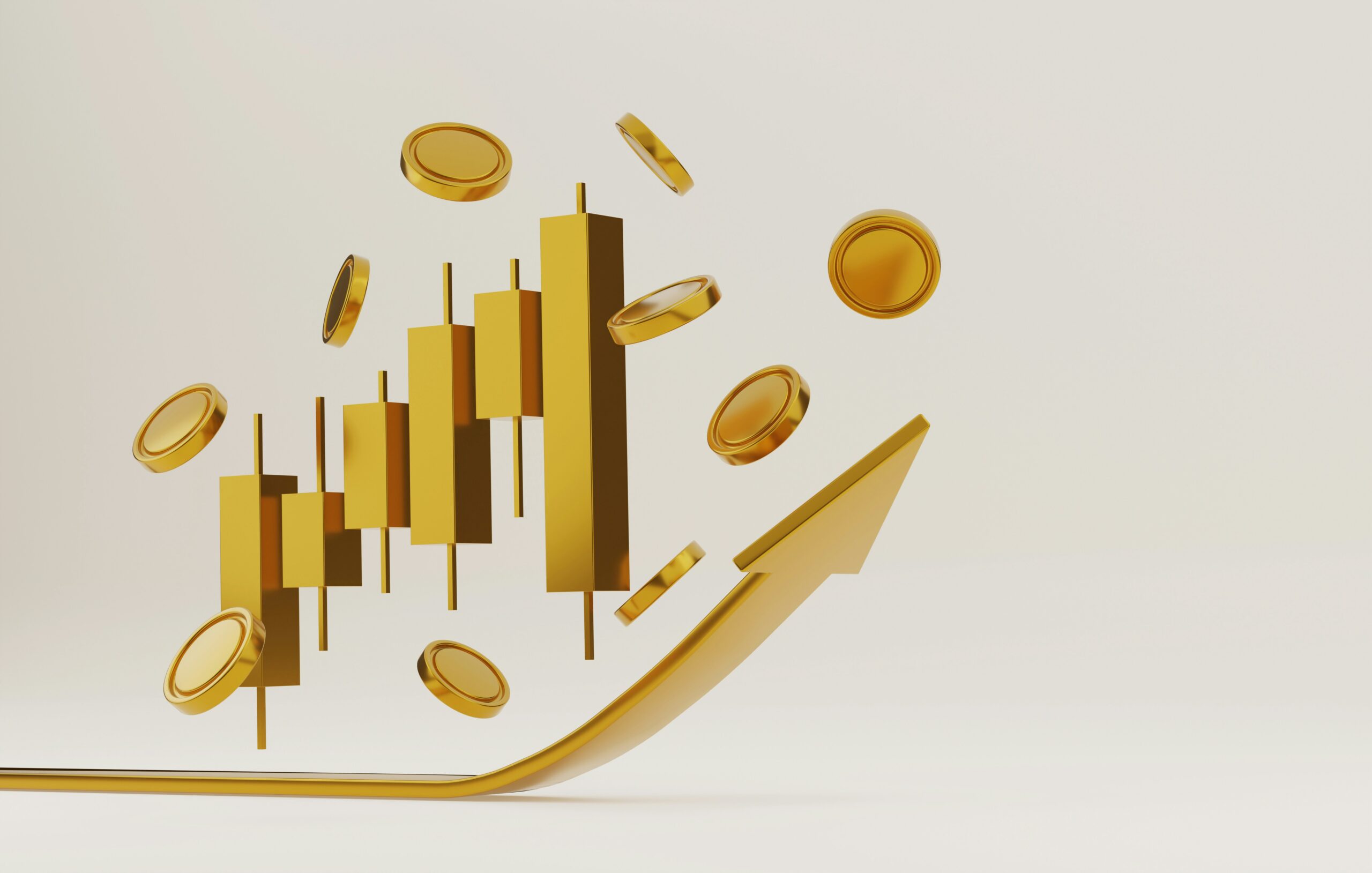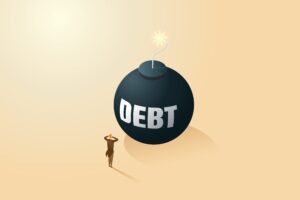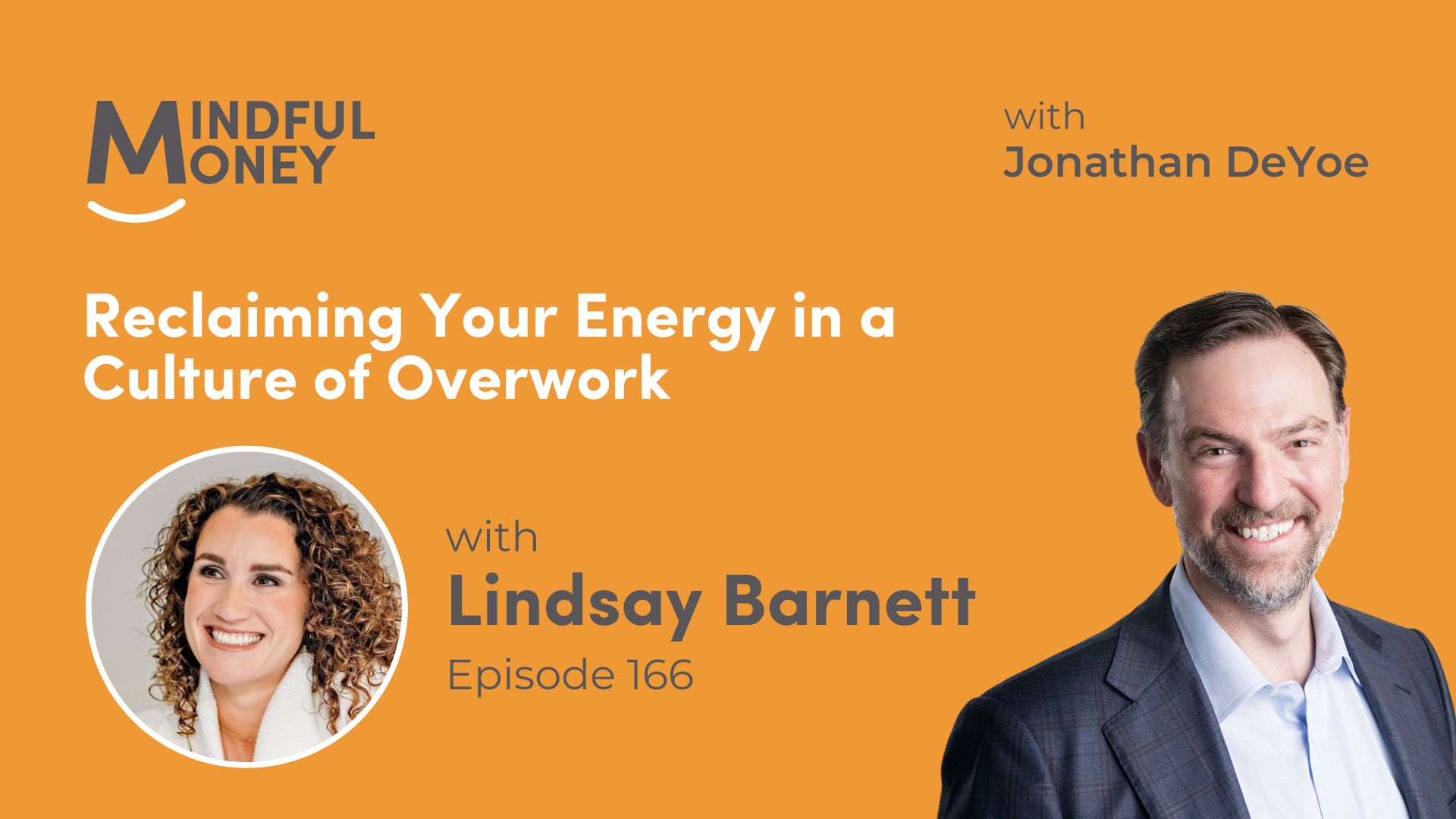One week before the end of the first quarter, March 23rd, marked the 1-year anniversary of the pandemic’s bear market low. The low closing price of the iShares MSCI All-Country World Index (ACWI) ETF was 54.33 at that time. On March 31st, 2021 it stood at 95.15 – a gain of over 75% (not including dividends).
Absolutely no one predicted this outcome back in late March 2020.
Morningstar published a study on March 31st entitled Keep Keeping Your Distance in which they looked at the portfolio changes of over 520,000 401k participants and their trading behaviors during the COVID-19 Crisis. They discovered almost exactly what one would expect.
Self-directed participants who made changes to their asset allocation during the first quarter of 2020 reduced their equity exposures by an average of 17% (they sold low). This tendency was amplified among older participants with more aggressive portfolios (those who lost the most and were conscious of having the least time to recover).
That is to say that, on average, the human response to carnage caused by the novel Coronavirus was an emotional one – to sell and sit in cash “until things improve.” There is nothing novel about this response. This is totally normal and expected behavior among market-focused, current-event-driven investors.
We did the opposite – when we noted the 20% decline, our trigger point for rebalancing procedures. Instead of reducing equity exposure we increased it. This is because we are goal-focused, planning-driven, and evidence-based investors. Our process has given us rewards on the year… and even more on the quarter.
Once again, in early 2021, more elements of our evidence-based process have started to show up nicely. These make us feel really smart though we are treading the same path we’ve been on successfully for twenty years: following the academic research and the history of the stock markets. Smart because we listen to smarter people than ourselves and because we follow our fundamental commitments.
Market leadership has shifted, at last and as we knew it eventually would.
Over long periods of time, value outperforms growth and small outperforms large. Over long periods of time, the expected return from international investing is similar to the expected return from domestic investing. This does not happen every year (in case you were not watching). Starting in 2009 and intensifying from 2017-2019, the opposite became true: large domestic growth-oriented companies have been in the lead.
It seemed in early 2020 that this trend would continue. But along with the pandemic some long held and reliable relationships between revenue growth, earnings and prices have returned to how the market values companies. This has been very welcome to our portfolios, which as you know, skew towards value and small.
In the first quarter of 2021, value stocks as a group gained 11%, small stocks gained 13%, and very small stocks gained 24%. Meanwhile, the large domestic tech leaders Amazon and Apple lost 5% and 8% respectively.
At the same time, it looks like the dollar has returned to it’s slow steady decline relative to other currencies which means our international allocations have become a tailwind to our portfolios instead of the headwind they have been since the Great Recession.
The very next question I am asked anytime I mention this is some version of the following, “how long will our method be in favor this time?” To which I shrug my shoulders. I don’t know what geography, sector, style, or investment will outperform the others in the short-term future (nor does anyone else). All I know is what the research tells us: over long periods of time, with increasing probability over time, value outperforms growth, small outperforms large, and the expected returns from domestic and international equity portfolios are similar.
“Sometimes you’re ahead, sometimes you’re behind, the race is long, and in the end, it’s only with yourself.” – Baz Luhrmann
At the same time, we are at the tipping point for economic growth. We are on the cusp of opening our economy fully and unleashing the pent-up demand of consumers who have existed without consuming for over a year. While collectively we have purchased more furniture and more gym equipment than we need, we are ready to spend our substantial savings in other places.
We all know the frustration we have accrued from saving more than we have ever saved, when we have been unable to meet our friends for a drink or dinner, when we have been unable to travel, or celebrate our birthdays with friends? And we know what is happening now and what is about to happen as we realize that everything that was impossible is now possible once again.
The expectation is that 2021 will be a year of economic growth that we haven’t seen since the year “Gandhi” won 8 Academy Awards and E.T. The Extra Terrestrial won 4. Average GDP expectations are running right at 7%, and most are being conservative about the next package coming out of the Biden White House.
There is, fairly I think, a question about whether the market has already fully discounted the surge of economic growth, thereby creating the risk that we miss the expected numbers. If your horizon is limited to the next 6-18 months, you may want to build some cash in the face of expected greater volatility. However, if you are a long-term investor, realizing capital gains at this point makes very little sense. Our last jobs report showed just shy of 1 million new jobs created in March and the expectation is that we will hit 1 million new jobs for a string of months as more and more people are vaccinated and feel safer. My conversations with our clients about their expected activities, once vaccinated, bear this assumption out.
Where the employment recovery from the Great Recession was long and slow, the recovery from the Pandemic looks to be surprisingly fast. The main issue on the employment front is that unemployment benefits are now richer than many restaurant and retail workers will make returning to work… so why would they return until benefits run out? Employers may have to offer bonuses or higher compensation to attract their employees back to work.
Adding the expected pace of recovery to the fact that markets have already recovered and forged ahead to new highs, talk of the new (returning) apocalypse is already on the lips of the commentariat: INFLATION.
I was raised in the shadow of the horrendous damage of inflation. My parents (and many from their generation) were severely set back by the inflation of the late 70s and early 80s. I can certainly empathize with people who share that experience. But… the last (and only) period of sustained high inflation in the United States ended almost 40 years ago in 1982, when then Fed Chairman Paul Volcker brought it down.
The world has changed much in the interim. Humility demands that we recognize that we cannot forecast the course of inflation (or interest rates)– full stop. We can’t predict. We can’t make investment policy out of prediction. We are goal-focused and planning-driven. We have an evidence-based process. Whenever questions of prediction come up, we steer the conversation back to the ideal long-term investment policy that does NOT rely upon prediction. We do this because it works.





